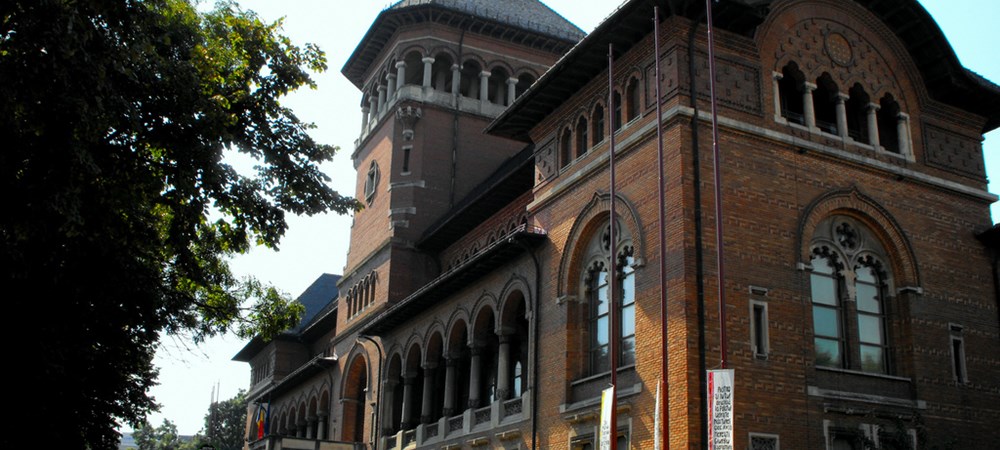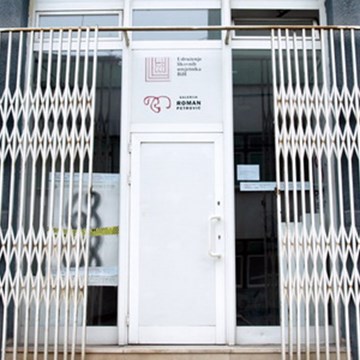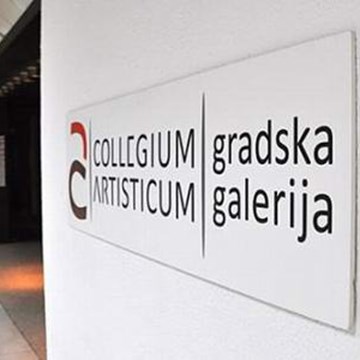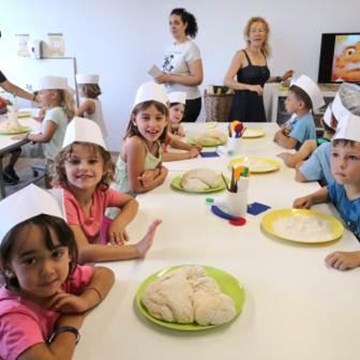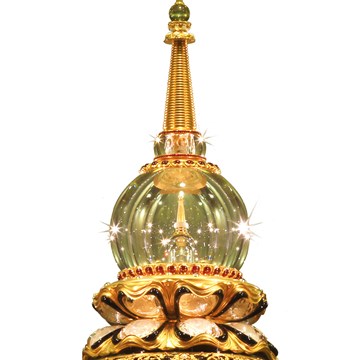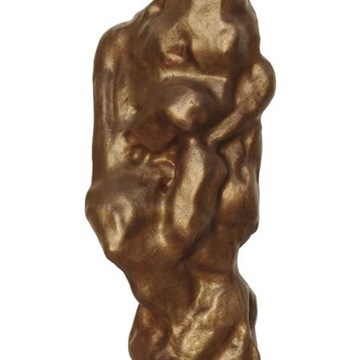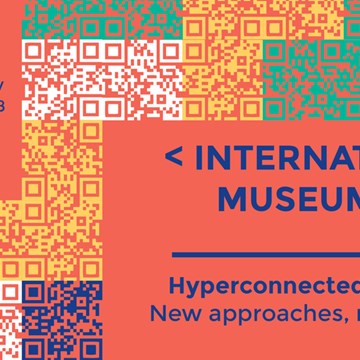Museum of the Romanian Peasant
Muzeul Naţional al Ţăranului Român
The Romanian Peasant Museum is part of the European family of Museums of Popular Art and Traditions. It is a national museum, under the Ministry of Culture’s patronage. In possession of an especially rich collection of objects, hosted in a Neo-Romanian style historical monument-building, our Museum developed a highly original museography honored in 1996 by receiving the EMYA – European Museum of the Year Award. The originality of the exhibiting style is continued in the Museum’s publications, in actions such as the Missionary Museum, the Village School, concerts, conferences and exhibition openings.
The Romanian Peasant Museum’s building is placed in Victoriei Square in Bucharest, next to the Natural Science Museum “Grigore Antipa” and the Geology Museum. The construction of the building, including its design was assigned to architect N. Ghika-Budesti, leading member of the autochthonous school of architecture. According to the museographic view of the ethnographer and director Alexandru Tzigara-Samurcas, he was supposed to raise a “palace of autochthonous art” inspired by typical monastery interiors.
The Romanian Peasant Musuem, National Museum of Arts and Traditions holds the richest collection of peasant objects in Romania. Almost 90.000 pieces of patrimony are as many witnesses helping our contemporaries to understand the peasant world.
The Ceramics Collection holds around 18.000 representative pieces for the almost 200 pottery centers of Romania. Tohether with these, we hold the complete inventory of some pottery workshops from Hunedoara and Valcea, dating from the 19th century.
There are exceptional pieces from Horezu, Oboga, Vama, Pisc, Curtea de Arges, Leheceni, Lapus, Binis, Barsa, Corund, Glogova, Marginea, Radauti, Noul Roman, Drauseni, Fagaras. The oldest piece dates back to 1746.
The Costume Collection holds almost 20.000 pieces of costume from all Romanian provinces starting with the first half of the 19th century. Some of the pieces were donated by personalities such as Queen Maria, Sabina Cantacuzino, Elisa I. Bratianu and collectors like Dimitrie Comsa and Octavian Roguski.
Exhibitions and events
We don't have anything to show you here.
Educational programs
We don't have anything to show you here.
Collections
We don't have anything to show you here.


